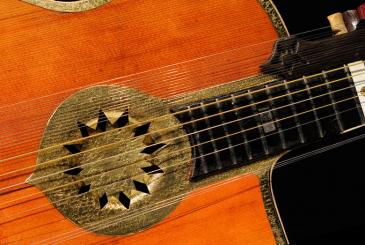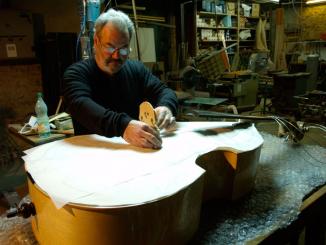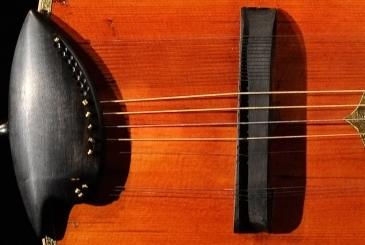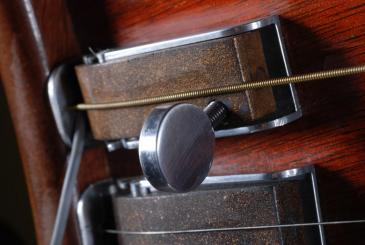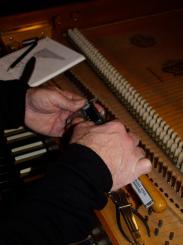Today, contemporary instrument makers can be found in most occidental countries, all driven by the same passion: pushing limits and exploring new sound spaces. And all meet the same obstacle: musicians hesitating to enter these new territories, mostly because of technical reasons.
THE EVOLUTION OF THE MANUFACTURE OF STRINGED INSTRUMENTS
Contemporary instrument making is confronted with the difficulties experienced by musicians when faced with a new instrument for the first time, far from what they are used to. In addition to the fact that there is no method and no teacher, there is the apprehension that every musician feels when he learns to play a new instrument.
Anyone who has studied music is aware of how many years are needed before being able to master a guitar, a violin or a piano.
ADAPTING NEW TECHNIQUES TO TRADITIONAL INSTRUMENTS
It has happened to me often that musicians, on visiting my workshop, will confide in me about this apprehension: of course, they would be very ready to try a new instrument but only as long as it is as close as possible to the one they already play. This often-repeated situation led me to think that the simplest way of offering musicians new possibilities would be by adapting the instruments they already use. As a Master of Art, with my pupil, we choose to “bring innovation to the service of musicians” who wish to enhance the musical potential of their instrument.
During my research, I came upon and learnt to use a number of acoustic principles and techniques, forgotten or unknown to occidental manufacture of stringed instruments. Their adaptation to traditional instruments is a way of giving musicians new means of expression based on what they already know.
For instance, it is possible:
- for stringed instruments, to complete the melodic strings with sympathetic resonant strings and rhythmic strings : Guitare-Veena®, Contrebasse (currently under production),
- to add bridges which emit harmonics : Guitare-Veena®, Tampura, Clavecin (currently under production),
- to offer acoustic amplification by using resonators made of different materials such as skin, metal and synthetic materials (Zarb plexiglass®),
- to adapt MIDI systems to acoustic instruments.





